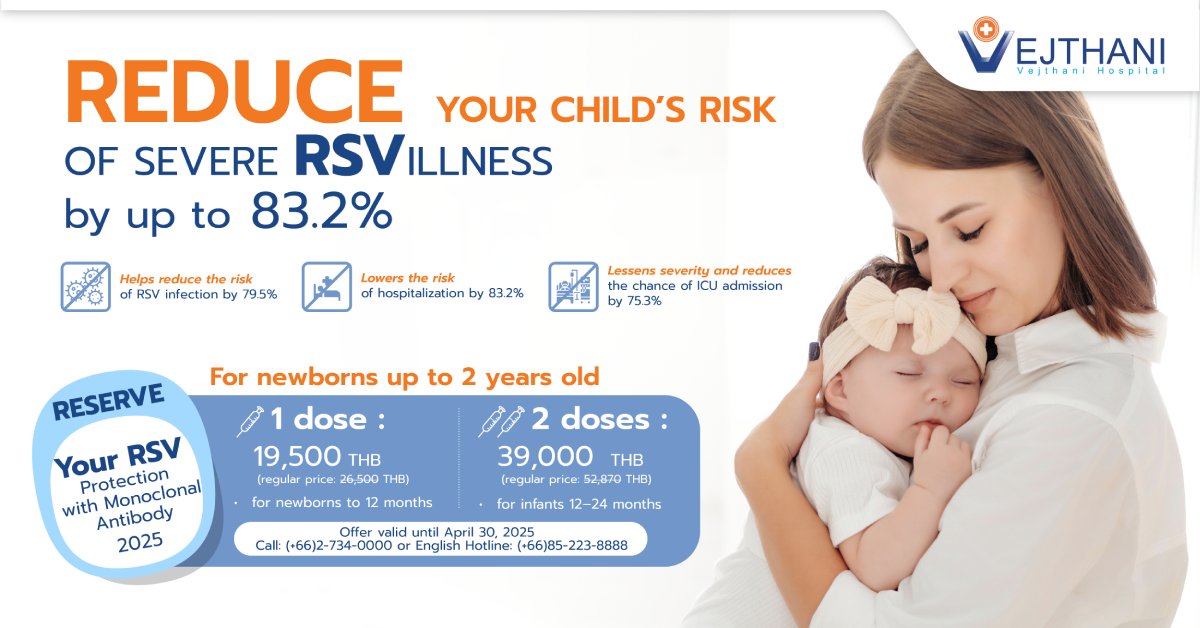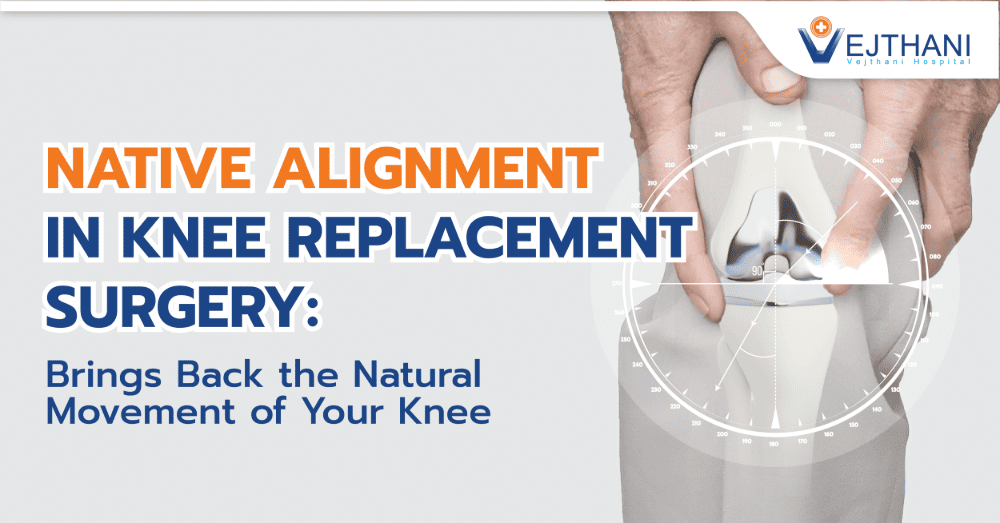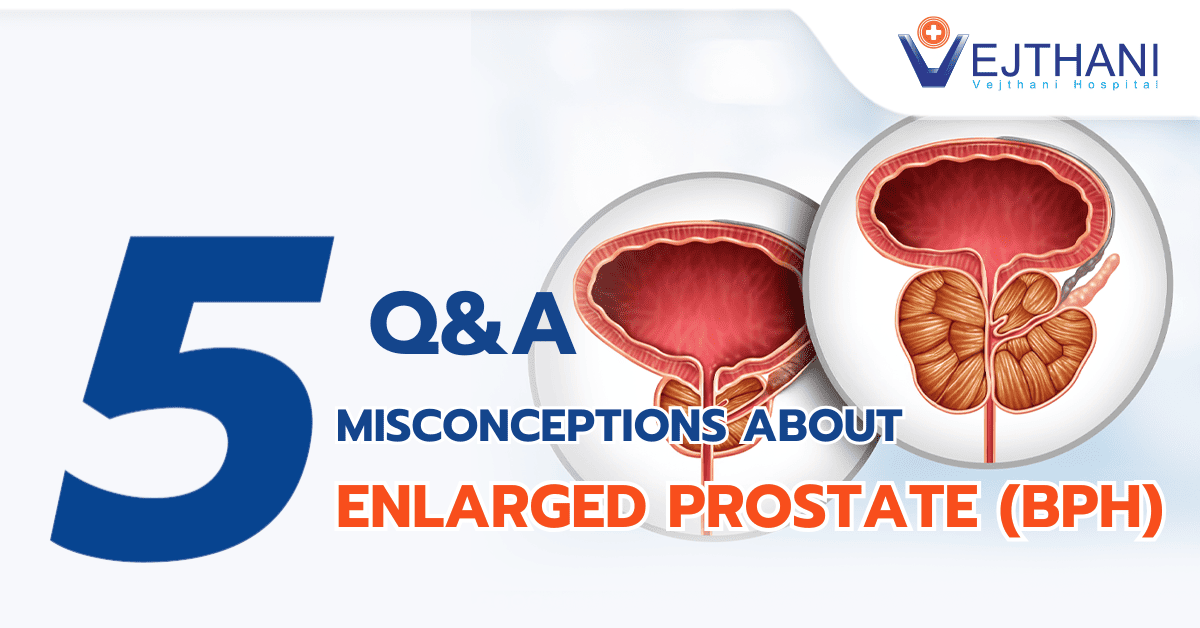
Auditory verbal-therapy (AVT)
Overview
Auditory-verbal therapy (AVT), sometimes referred to as auditory-based therapy, is an early intervention designed for young children who are deaf or hard of hearing, including those who use hearing aids or cochlear implants. This therapy focuses on teaching children to listen and communicate through spoken language, regardless of the severity of their hearing loss. In AVT, parents and caregivers play an active role in the therapy sessions and continue practicing activities at home to reinforce learning.
The primary goal of AVT is to help children who are deaf or hard of hearing develop the ability to listen and speak at the same level as their hearing peers. This therapy aims to integrate children into mainstream education, where they often excel academically in subjects such as math and reading. Additionally, children who undergo AVT tend to make friends easily, build self-esteem, and achieve independence in their daily lives.
While hearing aids and cochlear implants enable children to hear sounds, AVT is crucial for teaching them how to interpret these signals effectively. Through structured therapy sessions and consistent practice, children learn to make sense of auditory information, which is essential for developing strong communication skills and succeeding in various aspects of life.
Reasons for undergoing the procedure
Hearing impairment is the most common congenital condition. However, with hearing aids or cochlear implants, children can learn to hear effectively. By first grade, many children who are deaf or hard of hearing and undergo auditory-verbal therapy (AVT) often have spoken language skills comparable to or better than their hearing peers and tend to perform better academically.
AVT is most successful when started early, as young as two to three months old. If your child is deaf or hard of hearing and uses hearing aids or cochlear implants, they may benefit from AVT. Ensure your newborn undergoes Universal Newborn Hearing Screening (UNHS). Babies needing hearing aids can be fitted accordingly, and if insufficient, cochlear implants can be considered as early as nine months.
Regardless of the cause or severity of your child’s hearing difference, AVT can be beneficial. Participate in therapy sessions with your child and continue the teachings at home. Hearing aids amplify sound, but AVT helps in comprehension. If hearing aids are inadequate, cochlear implants may be recommended to bypass inner ear damage and provide access to sound.
Children must typically be fitted with hearing aids or cochlear implants to benefit from AVT.
Risk
Engaging in auditory-verbal therapy carries no inherent risks for you or your child, unlike relying on a miraculous medication. However, for the therapy to yield the best results, consistent teamwork and play between you and your child are essential.
Procedure
Ensure your child’s hearing aids or cochlear implants are functioning properly before each lesson and check the hearing technology throughout the day during playtime. Bring a notebook or three-ring binder with paper to take notes, draw activity ideas for home, record goals, and track your child’s progress. Additionally, consider keeping a physical or digital photo album or scrapbook to document your child’s progress with photos and observations.
The program typically lasts three years or more, and it’s crucial to attend the sessions with your child, coordinating with both your schedules. Your healthcare provider will offer recommendations based on your child’s age, progress, and type of hearing technology. Remember, active engagement with your child outside of the sessions is just as important as the time spent during them.
Outcome
The outlook for children who undergo auditory-verbal therapy (AVT) is highly positive, with most AVT graduates successfully integrating into their communities and leading unrestricted lives, often without needing sign language to communicate. Approximately 6% of the global population experiences hearing loss, and children aged 1 to 15 years constitute 7% of this group. Early intervention is crucial, so it’s essential to access resources promptly if your baby is diagnosed with a hearing impairment. Coverage for AVT varies depending on factors such as your insurance policy, your therapist’s credentials, and your state of residence.
Contact Information
service@vejthani.com






















